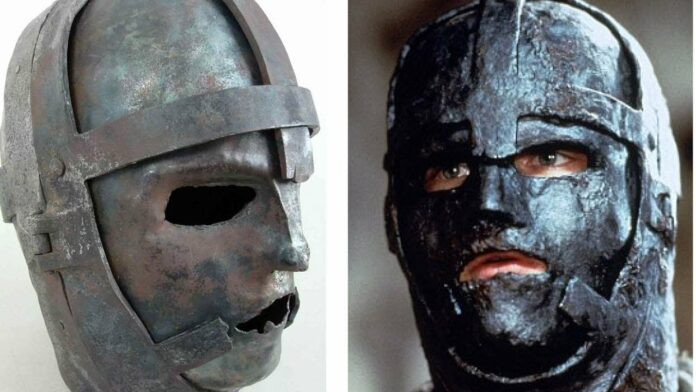For centuries, the tale of the mysterious prisoner known as the Man in the Iron Mask has captivated the imaginations of people around the world. This enigmatic figure, referred to in French as L’Homme au Masque de Fer, has inspired countless theories, legends, and artistic interpretations, despite the limited historical records surrounding his true identity and the reasons for his incarceration.
In this blog post, we’ll delve into the historical records, explore the various theories and speculations that have emerged over the years, and uncover the intriguing final years of this legendary prisoner. By the end, you’ll have a deeper understanding of the enduring mystery that continues to fascinate historians and the public alike.
The Historical Records
The earliest known mention of the Man in the Iron Mask dates back to 1669, when King Louis XIV’s minister, the Marquis de Louvois, sent a letter to Bénigne Dauvergne de Saint-Mars, the governor of Pignerol prison. In this letter, Louvois instructed Saint-Mars to prepare a secure cell for a prisoner named Eustache Dauger, emphasizing the need for strict isolation and secrecy.
This initial historical record provides the foundation for the mystery that would captivate generations to come. The instructions to maintain the utmost secrecy surrounding Dauger’s imprisonment have fueled speculation and theories about his true identity and the reasons for his incarceration.
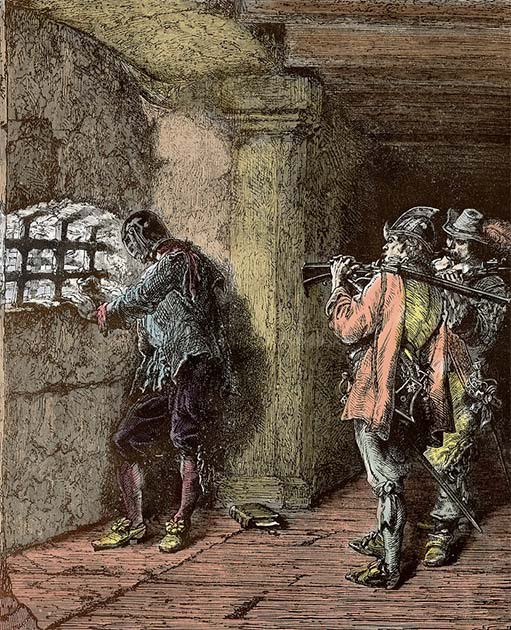
Theories and Speculations
Over the years, numerous theories and speculations have emerged regarding the identity of the Man in the Iron Mask. While some of these theories have gained more traction than others, the true identity of this enigmatic figure remains a subject of ongoing debate and investigation.
Royal Blood or Common Valet?
One of the most widely known theories, popularized by the renowned French author Alexandre Dumas in his novel “The Vicomte of Bragelonne,” suggests that the prisoner was of royal blood, perhaps even the twin brother of King Louis XIV. This captivating idea has captured the imagination of many, as the notion of a secret royal sibling hidden away from the world adds an air of mystery and intrigue to the story.
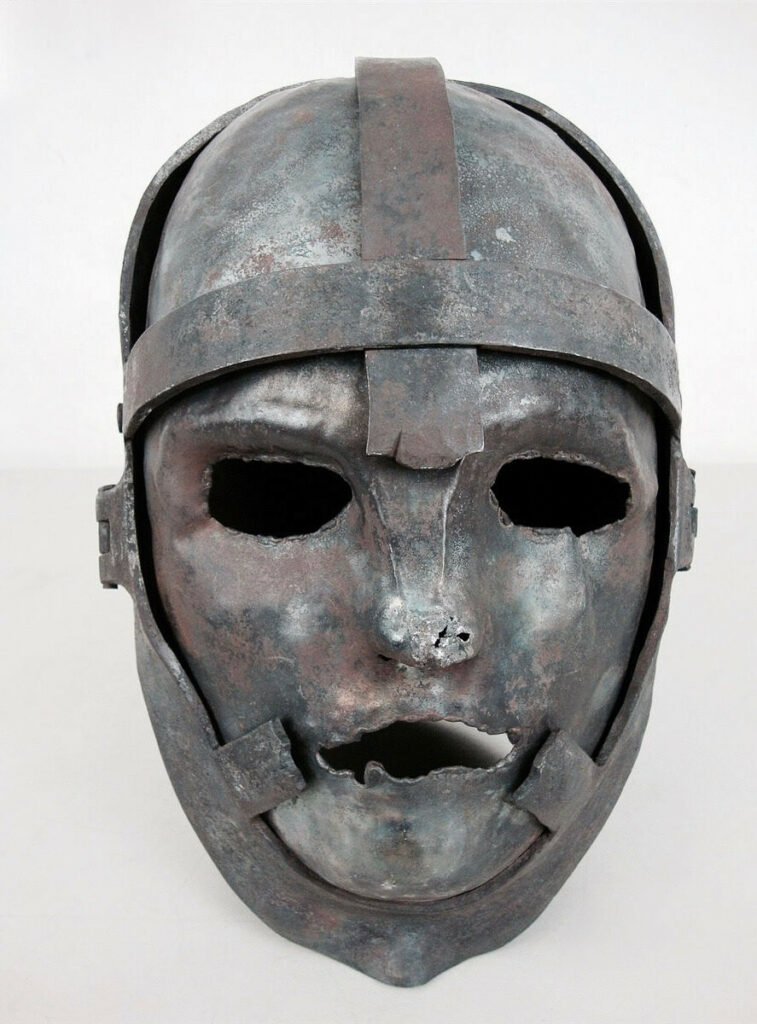
However, the historical evidence points to a more mundane identity. The most widely accepted theory is that the Man in the Iron Mask was indeed Eustache Dauger, a valet to Nicolas Fouquet, a former superintendent of finances who had fallen out of favor with the king. This theory aligns with the initial historical records and suggests that the prisoner’s incarceration was more a matter of political expediency than a royal conspiracy.
Decoded Letters and Alternative Candidates
In the late 19th century, the discovery of intriguing coded letters hinted at the possibility of other candidates for the identity of the Man in the Iron Mask. These letters suggested the prisoner could have been General Vivien de Bulonde or Count Ercole Antonio Mattioli, both of whom had run-ins with the French government.
While these alternative theories have piqued the interest of some historians, they have faced significant challenges and inconsistencies that make them less compelling than the Eustache Dauger hypothesis. The lack of conclusive evidence and the complexities of the encoded letters have left these theories as intriguing but ultimately less convincing explanations for the identity of the legendary prisoner.
The Final Years
As the Man in the Iron Mask’s imprisonment continued, his story took an even more intriguing turn in the final years of his life.
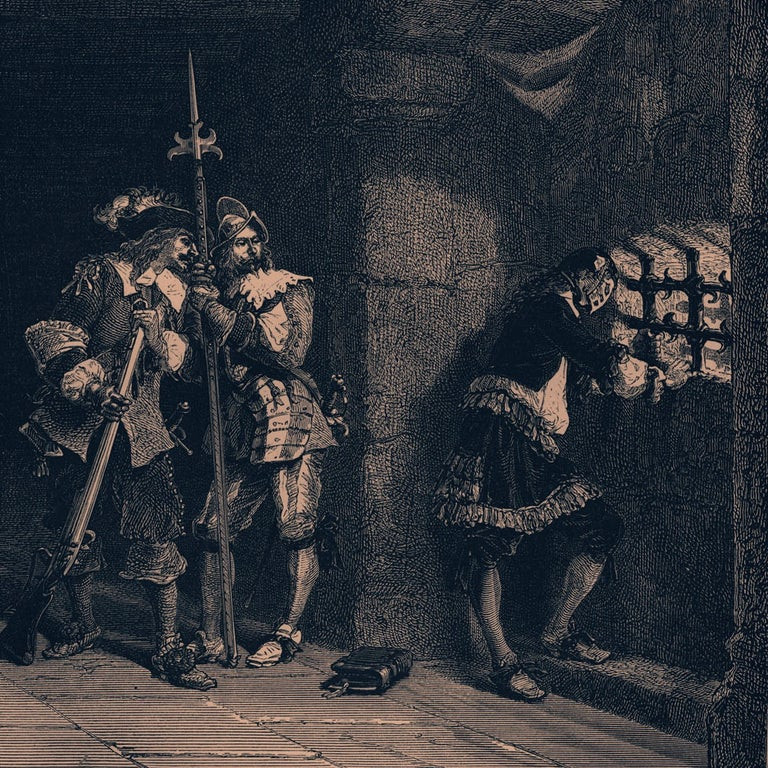
Life in the Bastille
In 1698, the masked prisoner was transferred from Pignerol to the infamous Bastille prison in Paris. This move was noted by Lieutenant du Junca, a Bastille officer, who recorded that the prisoner wore a mask of black velvet, not iron as the legend would suggest.
This detail is significant, as it challenges the popular depiction of the Man in the Iron Mask and highlights the potential for historical inaccuracies to be perpetuated and transformed into enduring legends.
A Mysterious End
The Man in the Iron Mask’s life came to an end on November 19, 1703, when he passed away in the Bastille. In a final act of secrecy, all of his belongings were destroyed, and his cell was thoroughly cleaned and whitewashed, leaving little trace of his existence.

The prisoner was buried under the name “Marchioly,” further adding to the mystery surrounding his identity and the circumstances of his incarceration. This meticulous erasure of any evidence or personal effects has only fueled the ongoing fascination with the Man in the Iron Mask, as it suggests a concerted effort to conceal the truth about this enigmatic figure.
The Enduring Mystery
Despite the passage of centuries, the tale of the Man in the Iron Mask continues to captivate and inspire people around the world. While the historical records provide some insight into his identity and imprisonment, the limited information has allowed for the proliferation of legends, theories, and artistic interpretations.
The enduring mystery of the Man in the Iron Mask serves as a reminder of the power of the unknown in shaping our historical narratives. By blending fact and fiction, this story has transcended the boundaries of history and become a cultural touchstone, inspiring countless retellings in literature, film, and popular culture.
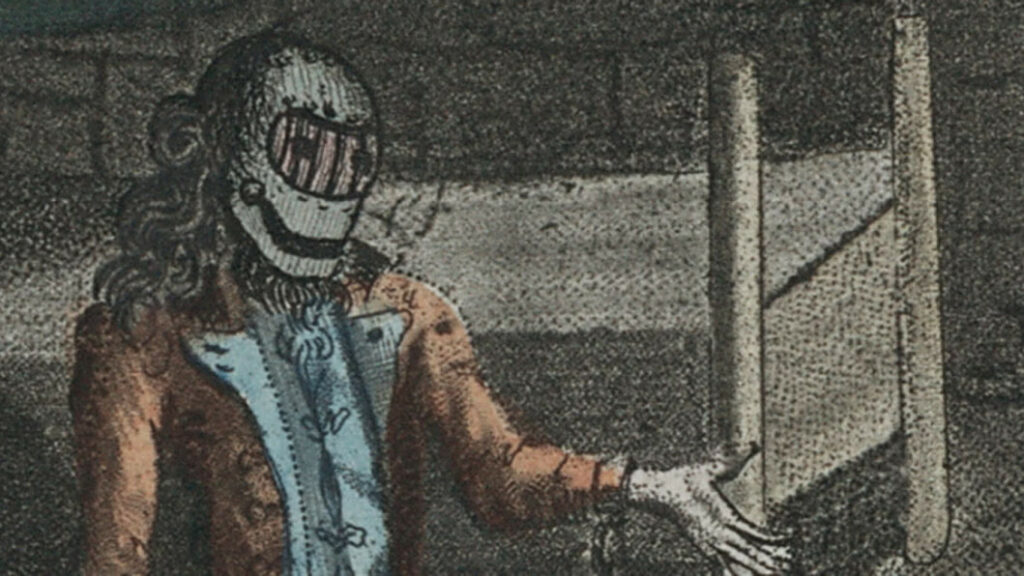
As we continue to explore the historical records and uncover new evidence, the true identity of the Man in the Iron Mask may one day be revealed. Until then, the legend will continue to captivate and intrigue, reminding us of the enduring allure of mystery and the enduring power of the human imagination.
Conclusion
The tale of the Man in the Iron Mask is a captivating and enduring mystery that has fascinated people for centuries. From the earliest historical records to the various theories and speculations that have emerged over the years, this enigmatic figure has left an indelible mark on our collective consciousness.
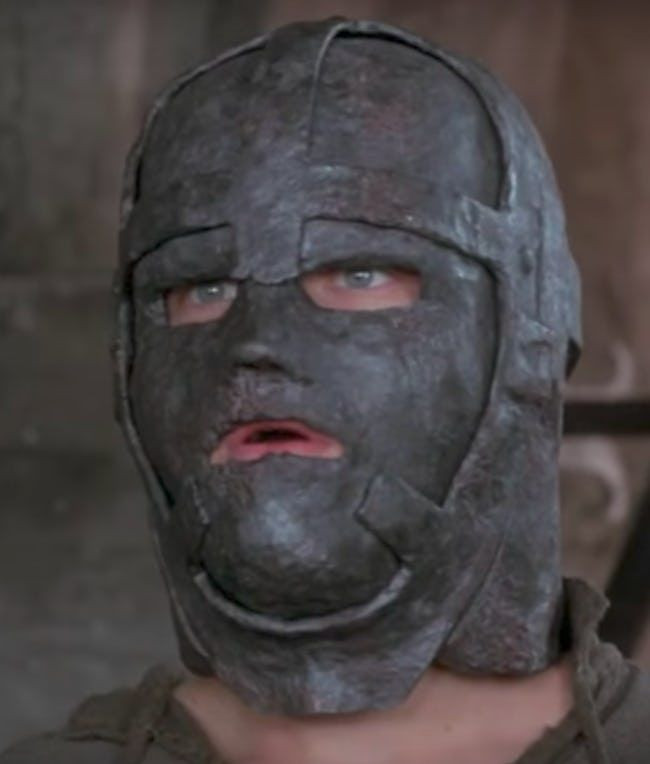
As we delve into the historical details and explore the intriguing final years of the prisoner’s life, we are reminded of the power of mystery in shaping our historical narratives. The Man in the Iron Mask’s story serves as a testament to the enduring allure of the unknown and the enduring power of the human imagination to create legends that transcend the boundaries of time and space.
Whether you are a historian, a literature enthusiast, or simply someone captivated by the power of mystery, the story of the Man in the Iron Mask is sure to continue to captivate and inspire for generations to come.

